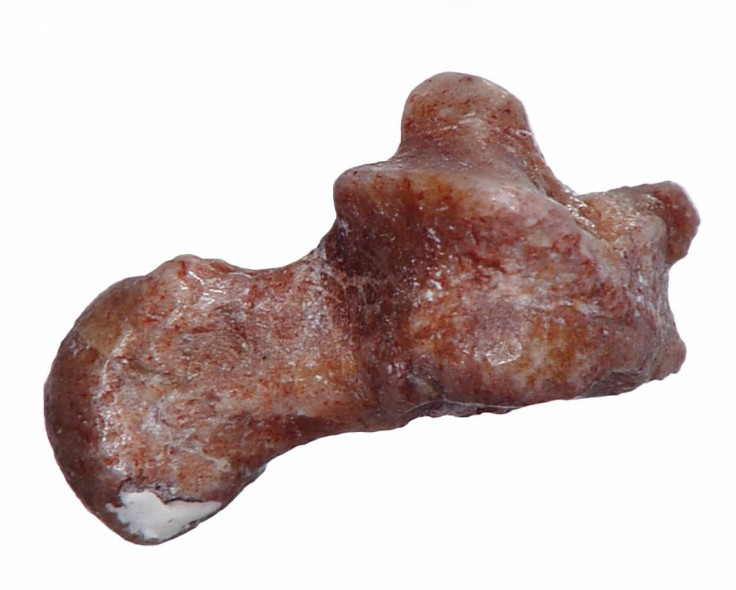Bone Fossil Shows Early Primates Jumped Through The Trees

An ankle bone from 52 million years ago shows that the world’s oldest primates were able to leap between tree branches like acrobats.
Scientists studied a fossil that was once the lower part of the ankle joint on a small creature called the Donrussellia provincialis, one of the earliest known primates. That section of the evolutionary tree eventually gave rise to humans, so understanding the features of those prehistoric animals also means more information about how our species developed.
According to Duke University, there has been some debate about how well these old tree-dwellers were able to move around, with some experts believing that they “were relatively slow and deliberate animals, using their grasping hands and feet to creep along small twigs and branches to stalk insects or find flowers and fruits.”
But a scientific analysis on the ankle fossil, which was dug up in southeastern France, paints a picture of a much more agile animal.
A team compared the ankle’s design to those of others, finding that its form makes it appear that the creature was “more leaping reliant,” their study in the Journal of Human Evolution says.
The ankle bone is only about a quarter of an inch long, and the scientists used 3D imaging and computer algorithms to look at the patterns in the small bones included in their analysis.
The Donrussellia ankle bone was more similar to the ankle bones of tree shrews — squirrel-looking mammals that are native to southeast Asia — and other non-primates than they were to the ankle bones of primates.
Based on their analysis and other information about early primates, the scientists wrote in their study, they think primate ancestors “had already become somewhat leaping specialized.” The primates that crept along the trees in their slow and deliberate motions, they suggest, would have come along later on, with the development of hand and foot characteristics that would have helped them hold onto skinnier branches.
According to Duke, the Donrussellia was the size of a chipmunk, although most of the evidence of its existence came from jaw bones and teeth. This early primate, one of the oldest known examples, is part of the lineage that led to creatures like the lemur and the loris.
“Being able to jump from one tree to another might have been important, especially if there were ground predators around waiting to snag them,” researcher Doug Boyer said in the Duke statement.
Although teeth do have informational value, telling scientists things about a creature’s diet, for example, they cannot give much information about the animal’s movements, the study noted. That’s what makes the ankle bone such a crucial piece of the puzzle.
The prehistoric bone shows “the animal didn’t just clamber or scurry along small branches,” Duke University said. “Instead, it may have been able to bound between trunks and branches, using its grasping feet to stick the landing.”
© Copyright IBTimes 2025. All rights reserved.





















